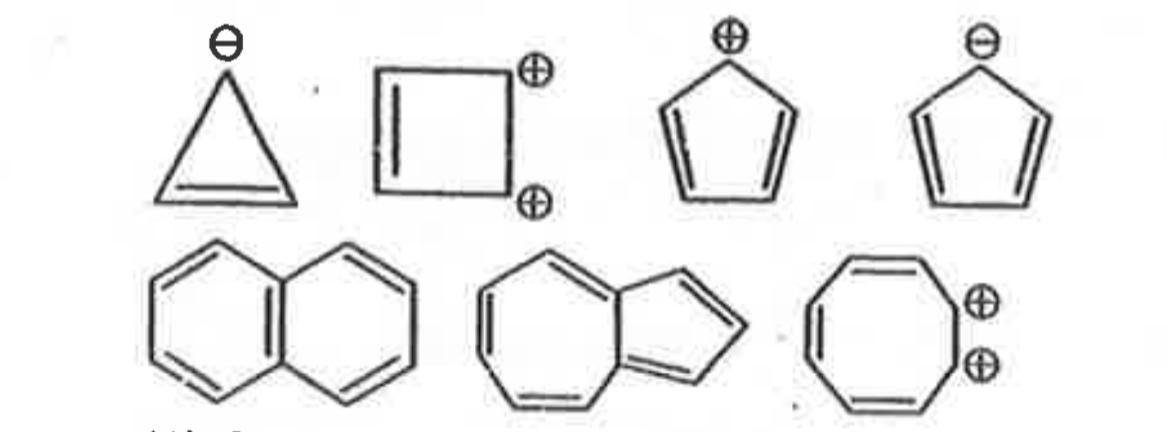Among 2nd group metal oxidies, how many is/are amphoteric in nature
1
2
3
4
To determine how many second group metal oxides are amphoteric in nature, we can follow these steps:
Step 1: Identify the Second Group Metals
The second group of the periodic table consists of the following metals:
- Beryllium (Be)
- Magnesium (Mg)
- Calcium (Ca)
- Strontium (Sr)
- Barium (Ba)
Step 2: Analyze the Oxides of These Metals
Next, we need to look at the oxides formed by these metals:
- Beryllium oxide (BeO)
- Magnesium oxide (MgO)
- Calcium oxide (CaO)
- Strontium oxide (SrO)
- Barium oxide (BaO)
Step 3: Determine the Nature of Each Oxide
Now, we will classify each oxide as either basic, amphoteric, or acidic:
- Beryllium oxide (BeO): Amphoteric
- Magnesium oxide (MgO): Basic
- Calcium oxide (CaO): Basic
- Strontium oxide (SrO): Basic
- Barium oxide (BaO): Basic
Step 4: Conclusion
From the analysis, we find that among the second group metal oxides, only Beryllium oxide (BeO) is amphoteric in nature. Therefore, there is only one amphoteric oxide in this group.
Final Answer
There is 1 amphoteric oxide among the second group metal oxides.
---
The second group of the periodic table consists of the following metals:
- Beryllium (Be)
- Magnesium (Mg)
- Calcium (Ca)
- Strontium (Sr)
- Barium (Ba)
Next, we need to look at the oxides formed by these metals:
- Beryllium oxide (BeO)
- Magnesium oxide (MgO)
- Calcium oxide (CaO)
- Strontium oxide (SrO)
- Barium oxide (BaO)
Now, we will classify each oxide as either basic, amphoteric, or acidic:
- Beryllium oxide (BeO): Amphoteric
- Magnesium oxide (MgO): Basic
- Calcium oxide (CaO): Basic
- Strontium oxide (SrO): Basic
- Barium oxide (BaO): Basic
From the analysis, we find that among the second group metal oxides, only Beryllium oxide (BeO) is amphoteric in nature. Therefore, there is only one amphoteric oxide in this group.
There is 1 amphoteric oxide among the second group metal oxides.
Similar Questions
An element of group 2 forms covalent oxide which is amphoteric in nature and dissolves in water to give an amphoteric hydroxide. Identify the element and write chemical reactions of the hydroxide of the element with an alkali and an acid.
View SolutionAn element of group 2 forms covalent oxide which is amphoteric in nature and dissolves in water to give an amphoteric hydroxide. Identify the element and write chemical reactions of the hydroxide of the element with an alkali and an acid.
View Solution
Knowledge Check
Among the following species, how many are aromatic in nature?
 A5B4C6D3
A5B4C6D3An element of group 2 forms covalent oxide, which is amphoteric ini nature and dissolves in water to give an amphoteric hydroxide. Identify the element.
ABerylliumBMagnesiumCCalciumDBariumWhich of the following oxides of transition metals is/are amphoteric in nature.
ACr2O3BV2O5CMn2O7DZnO
An element of group 2 forms covalent oxide which is amphoteric in nature and dissolves in water to give an amphoteric hydroxide. Identify the element and write chemical reactions of the hydroxide of the element with an alkali and an acid.
View SolutionThe compound(s) of alkaline earth metals, which are amphoteric in nature is/are :
View SolutionWhich of the following alkaline earth metal hydroxide is amphoteric in nature?
View SolutionHow many elements are found in nature?
View SolutionAmong group 13 elements the one forming an amphoteric oxide is
View Solution
